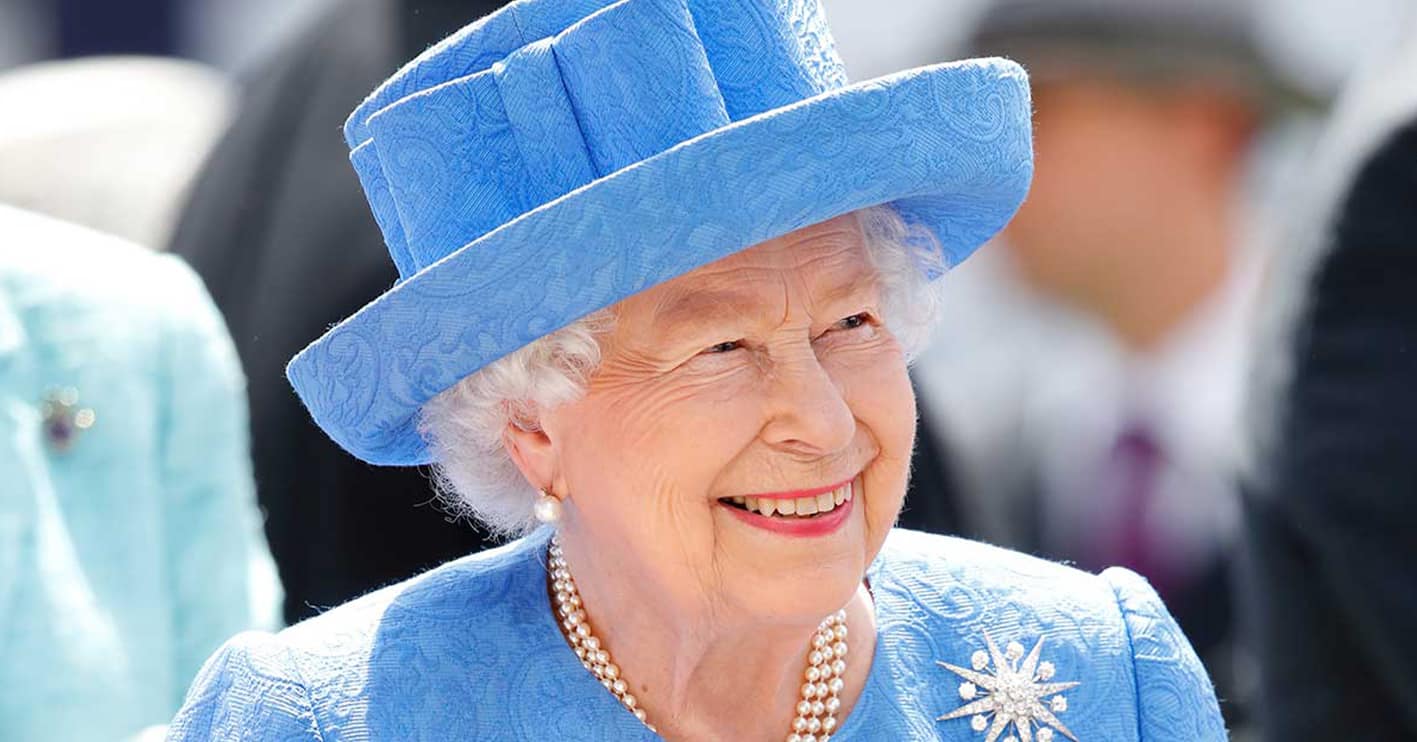Love them or hate them (and let’s be honest, those are the categories people tend to fall into), the royals are unquestionably a fascinating bunch. A regular feature of the media, the royal family are in many ways the model celebrities: photogenic, outrageously rich and so eccentric as to appear to be almost from another planet to the rest of us.
Part of the fascination is that the royal family abide by a code and live by certain rules that nobody else in the world will ever have to. Some of these rules go back centuries, sprung from traditions nobody remembers anymore, while other customs were made to fit our modern age. Here are 30 bizarre rules the royal family follows that you wouldn’t believe.
30. Monarchs must wait a year to be coronated

When Queen Elizabeth passed away, King Charles III was immediately declared king. However, in the midst of a country in mourning and the planning of a funeral that will hold the gaze of the entire world, it’s easy to forget that King Charles has not yet had a coronation. Given that he is now the ruling monarch, it might seem strange that he has yet to be ceremonially recognised as such.
However, it is an accepted part of the process for time to pass in between the death of the former monarch and the coronation of the new. Specifically, it is considered good form for around 12 months to pass before the coronation, in order to give the country space to grieve and appreciate the legacy of the monarch that passed away.
29. The King must chat with his guests in order

Though every facet of a royal’s life includes rules that must be followed, dinner parties are uniquely fraught. Not only do the royal family have to watch how they sit, how they excuse themselves to the bathroom and how they place their knives and forks back onto the plate, but even the way in which they talk to their dinner guests is strictly controlled.
For King Charles, the rules are especially stringent, as they even dictate in what order he can speak to people. Royal etiquette says that the monarch must speak to the person to the right of them during the first portion of the evening, and can only focus their attention on the person to their left after the second course has been served.
28. Playing Monopoly is strictly forbidden
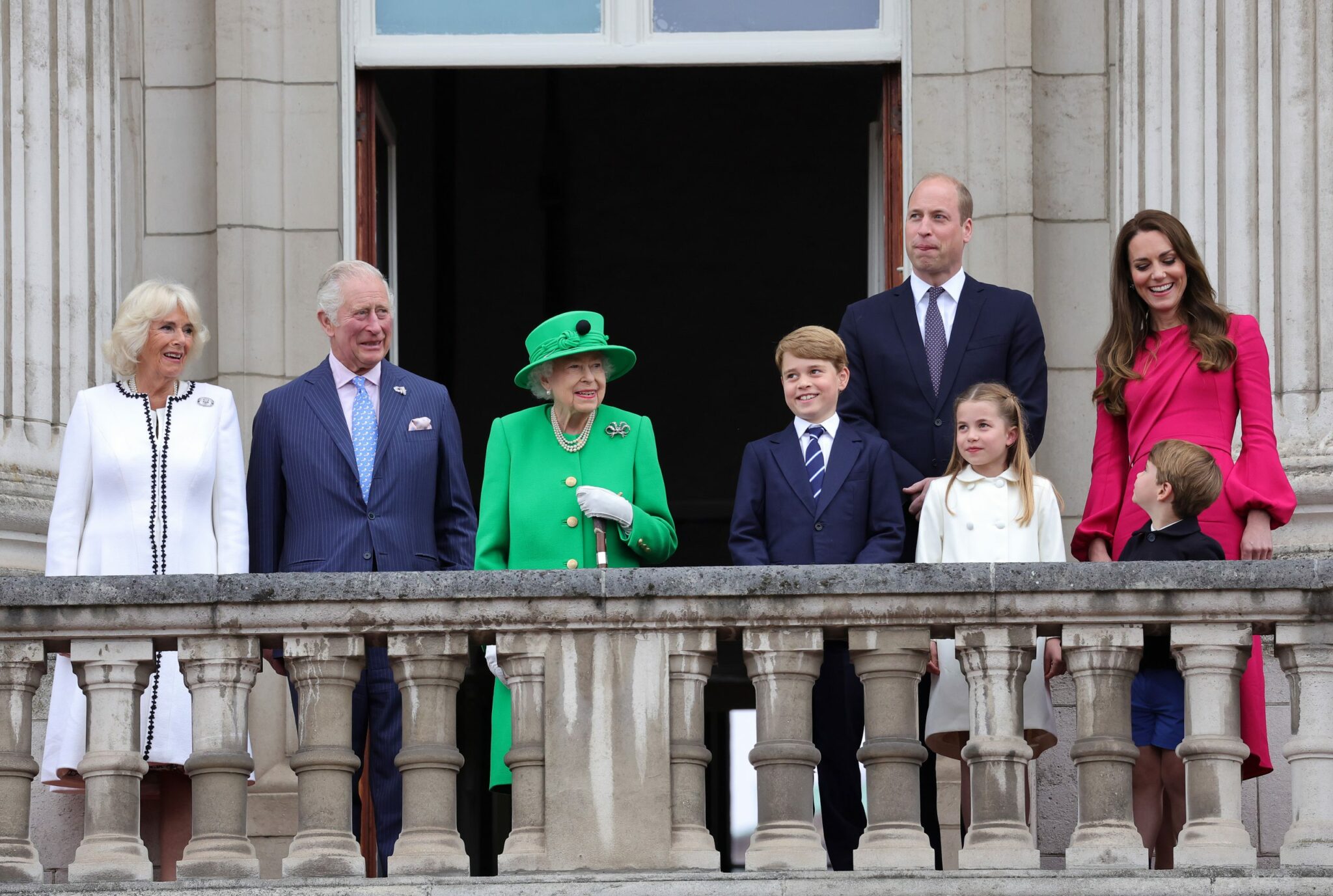
While a lot of the rules the royal family have to follow are solemn and archaic, some are very much more tongue-in-cheek. One of which is something that any family who has had a screaming row over the Christmas holidays should also consider adopting in their own home. For whatever reason, the royal family observe a total ban on the game Monopoly.
Though it might seem at first like the ban is part of their dedication to political neutrality, it’s instead allegedly because of their competitive natures. As anyone who has ever played will know, Monopoly tends to bring out the least gracious versions of its players, and so it isn’t an appropriate pursuit for the monarch and their family.
27. It’s up to the King to declare war
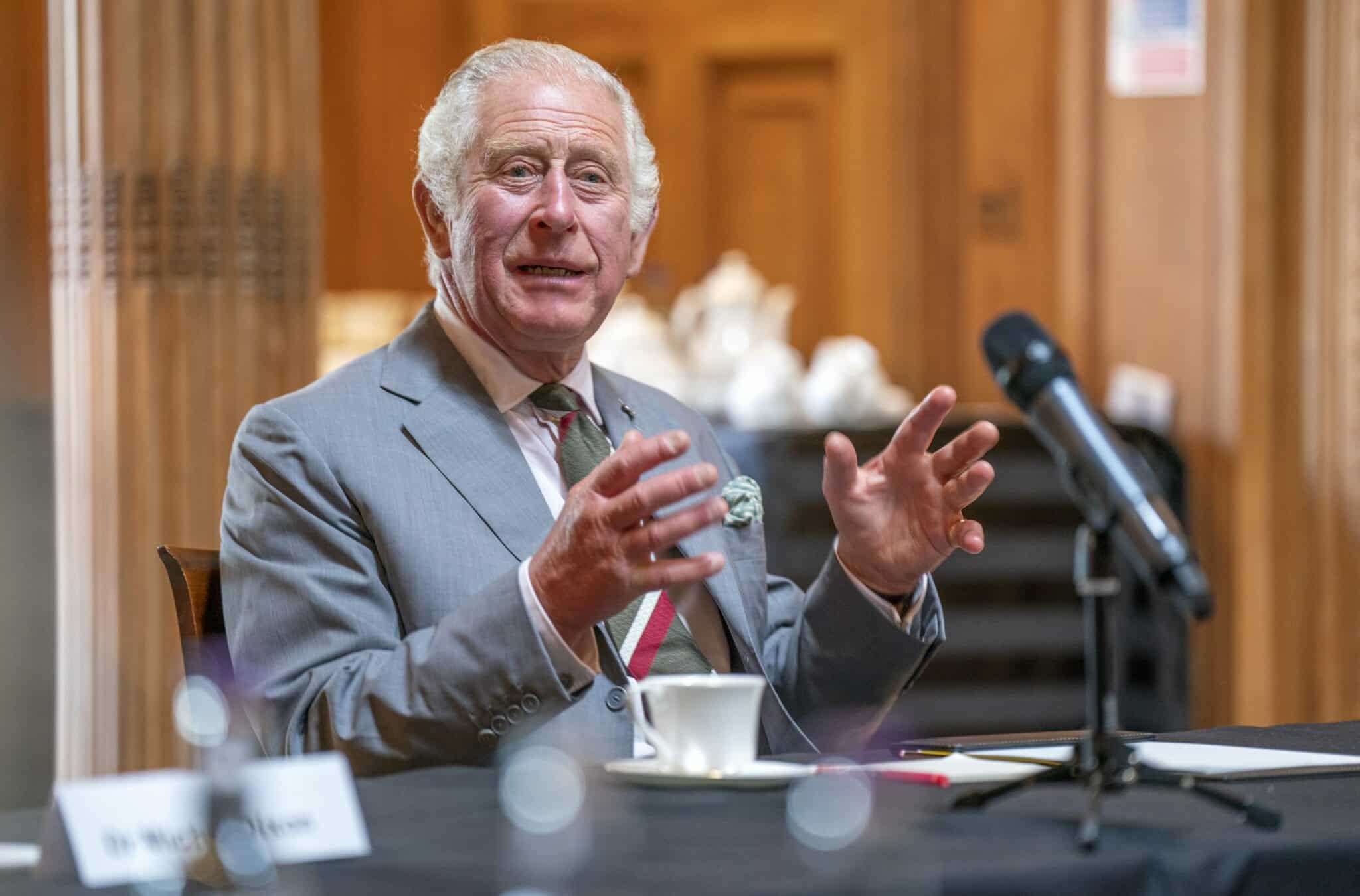
As the new ruling monarch, King Charles III has a lot of ceremonial responsibilities. Maybe the most serious of them all is one that he probably hopes he will never have to carry out during his reign: declaring war. Though the Prime Minister, their government and both the House of Commons and House of Lords would have to debate any participation in a conflict, it is the king who officially announces that the nation is at war.
The reason why it falls to King Charles to make the official pronouncement is simple, when he was given the crown he also became Head of the Armed Forces. It is also his sole responsibility to decide when a war can be officially declared over, though he must consult with his government before doing so.
26. Refusing a gift is not allowed
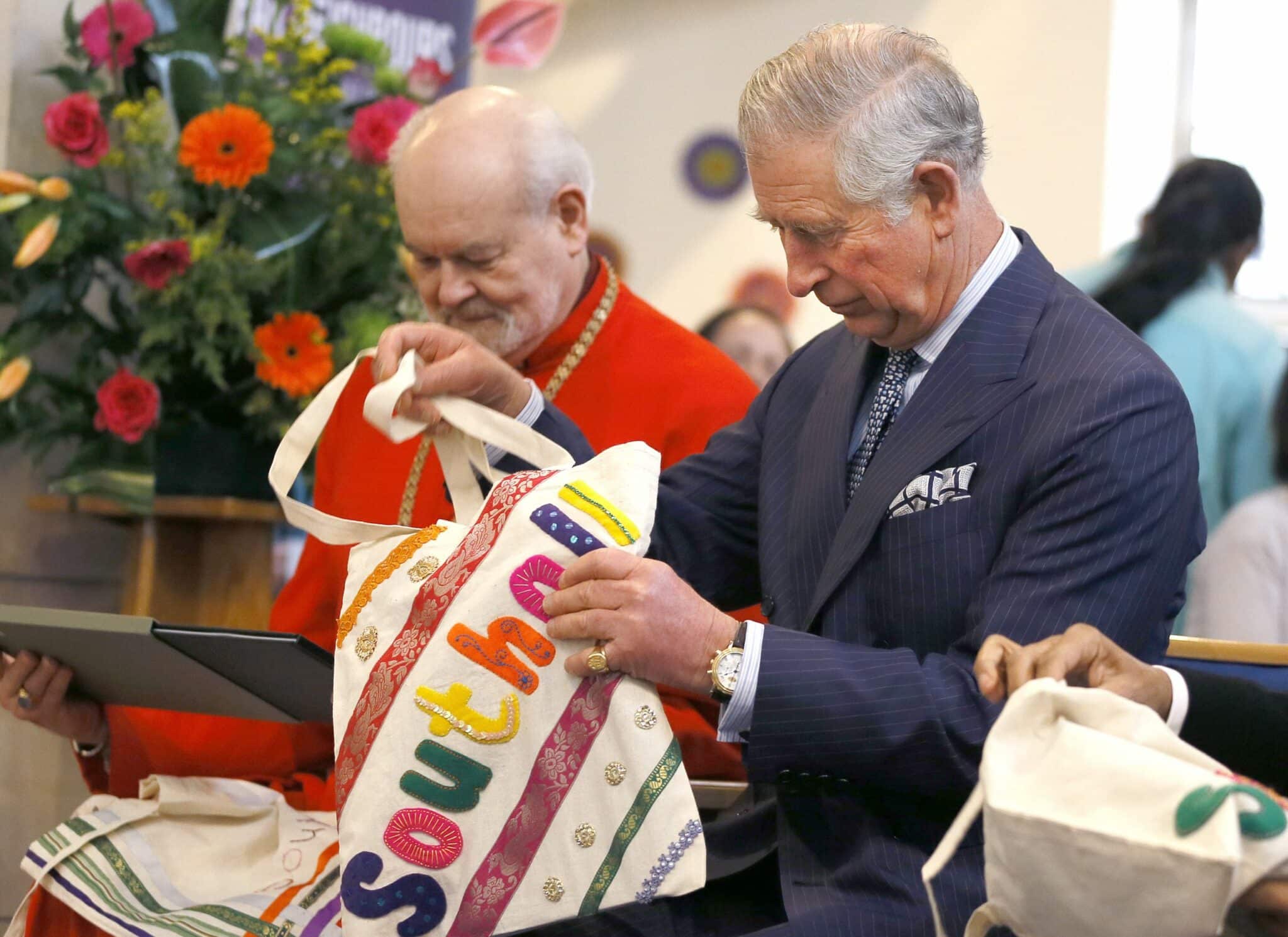
Most people know that refusing a gift is rude, and regifting one is even ruder, but it’s an even bigger deal to the royals. In fact, appearing gracious and appreciative is so important that the royal family have all been told to never, ever refuse a gift, whether it’s from a high-ranking diplomat, another royal family, or a school kid.
Of course, this doesn’t mean that gifts can just be handed to the royal family willy-nilly. Safety is obviously of the utmost concern, which is why the royals will be accompanied by guards who will keep an eye on any engagements with the public, and will caution against opening suspicious-looking items on the spot.
25. PDAs are strictly off-limits

Behaving appropriately as a royal couple is a game fraught with potential mistakes. Though it is important for any pair to seem happy and relaxed in each other’s company, lest the tabloids start to spread rumours about discord or bickering, any kind of personal touch is tightly controlled and must follow rules specific to the occasion.
Though gentle hand touches and even hand-holding may be permitted at more informal royal visits, on official occasions even this is looked down upon. Kissing, no matter how demure or restrained, is generally a no-no outside of weddings, and the most rebellious William and Kate have gotten is slinging arms around each other at the Olympics.
24. If the Monarch stands, everybody stands

If you’ve ever seen a regency drama then you probably remember countless examples of an important noble entering a room after being announced, only for everyone inside to set down their embroidery or books and silently stand up in a gesture of respect. Though much has changed since then, the idea of standing to show deference is still a cultural practice in the UK.
If you’re lucky enough to find yourself at an event where the royals will be in attendance, then you should know to stand up before the royal in question enters the room. Thankfully, there’s a pretty high likelihood that their entrance will be preceded by an announcement, so you’ll be given plenty of time to ready yourself.
23. Everybody must stop eating when the King has finished eating

When it comes to the royal family, there are rules about everything, from how to sit to how to stand and everything in between. Mealtimes are no different, and are in fact maybe more tightly controlled than other kinds of public events or ceremonies, due to the potential for mess or accidentally ungraceful behaviour.
If given the honour of sharing a dinner table with a member of the royal family, there are several things you have to be aware of. The most important rule is that once King Charles has finished eating, everyone at the table must also lay down their knives and forks, whether they are done or not. So if you’re invited to tea with the King, make sure your table manners are impeccable, but maybe also try to eat quickly!
22. Men and women have to greet the monarch differently
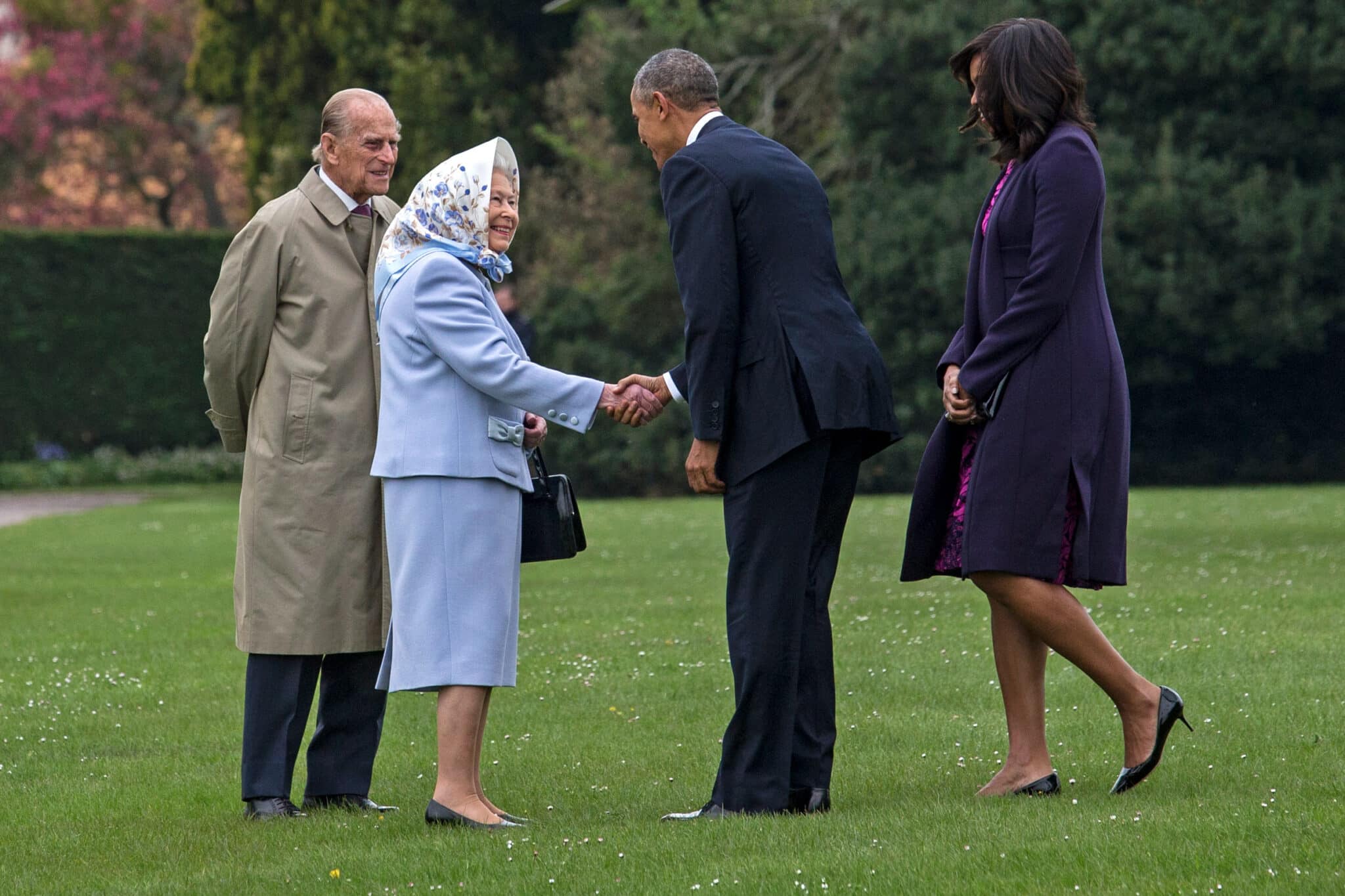
Given that the codes of conduct for engaging with the royal family are centuries old, it makes sense that they are quite often still gendered, even in today’s world where we tend to strive for parity and equality. One of the main times that expectations differ based on gender is when greeting the King, as men and women are instructed to do so differently.
Women are told to curtsey before His Majesty, while men are told to bow. Handshakes are never to be initiated by those meeting the royals, although both Queen Elizabeth and King Charles have been known to offer handshakes to important guests. Usually, handshakes are deployed when the monarch is meeting an American, perhaps because curtseying or bowing doesn’t come naturally to them.
21. The reigning monarch doesn’t vote

There are several things ordinary people do that the royals do too, just on a different scale. They attend school, get married, have funerals, travel the world, and participate in the minutia of life in much the same way. However, one major difference in how they live their lives is that you will never see them at a polling station.
Though it’s not explicitly prohibited by law, it has long been considered unconstitutional for the monarch to vote. As such, neither King Charles nor his immediate family will be putting a cross in a box at the next election, though for the family this is more a continuing of tradition than a hard and fast rule.
20. Royals must always travel with funeral outfits

Just like the Scouts, the royal family have an obligation to always be prepared. Part of this constant readiness is always travelling with a set of black bereavement clothes, in case a death that needs to be marked with mourning attire happens while they are conducting a royal visit or other official business.
In addition to the fact that these clothes need to be accessible at a moment’s notice, there are also other rules that bereavement garments need to follow. For women, any dresses chosen need to be solid black, relatively high collared and fall below the knee, and should be paired with either a semi-sheer or opaque black stockings, as opposed to see-through or skin coloured.
19. Heirs shouldn’t fly together
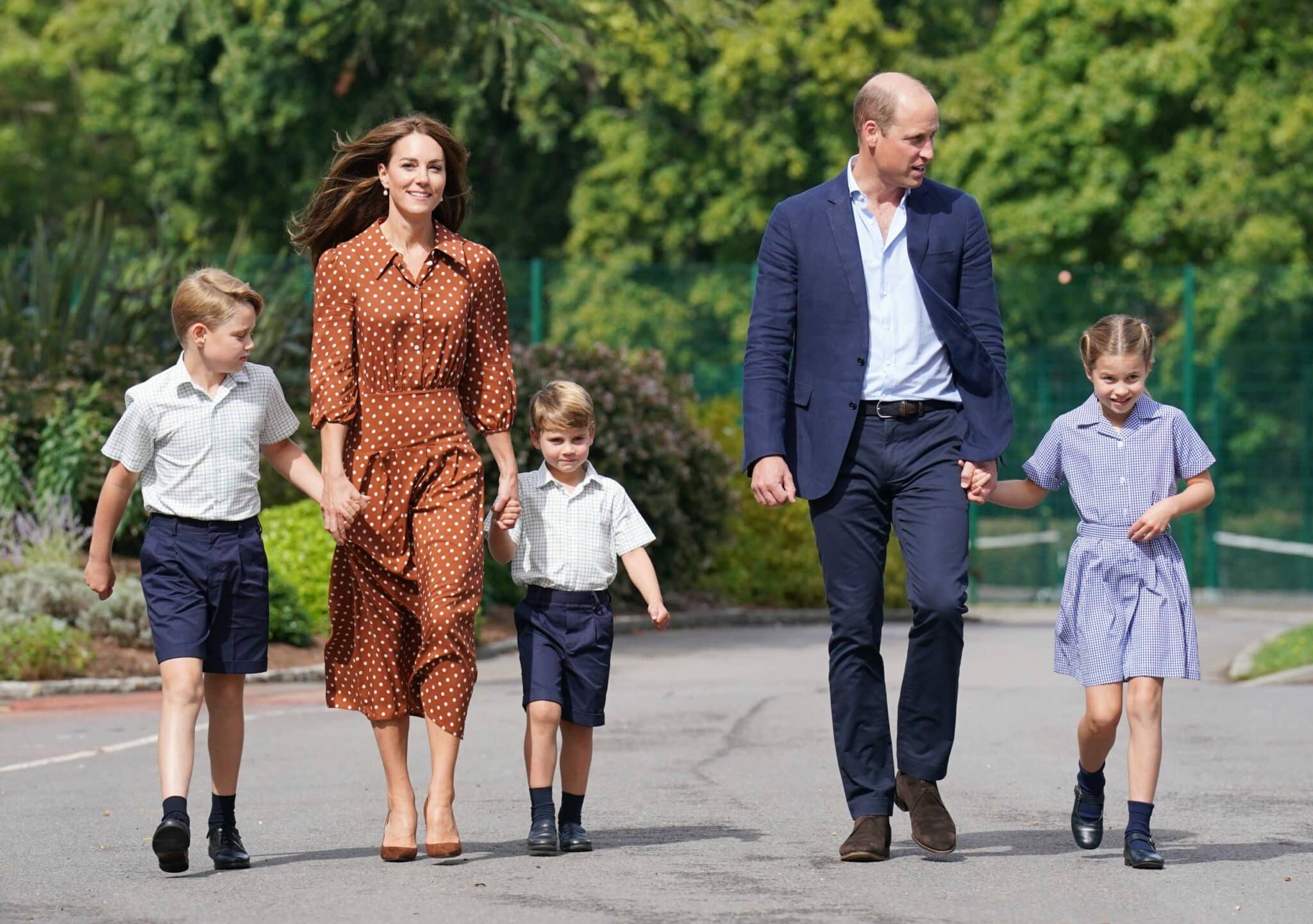
Most of the rules that the royal family follow still make sense today, but there are a few examples of guidelines which were created in another, vastly different time, and so seem archaic and out of date to us today. Maybe the most obvious example is the strict rules around flight, which dictate that royal heirs do not fly together on the same plane.
The slightly ghoulish logic behind this is that, should the plane go down, two heirs should not be lost at once. However, this rule was created during a time when flying was a much riskier venture than it is today, and so modern royals have begun to disregard it. Specifically, Prince William has been known to fly with Prince George, without prompting a full constitutional crisis.
18. Shellfish is banned
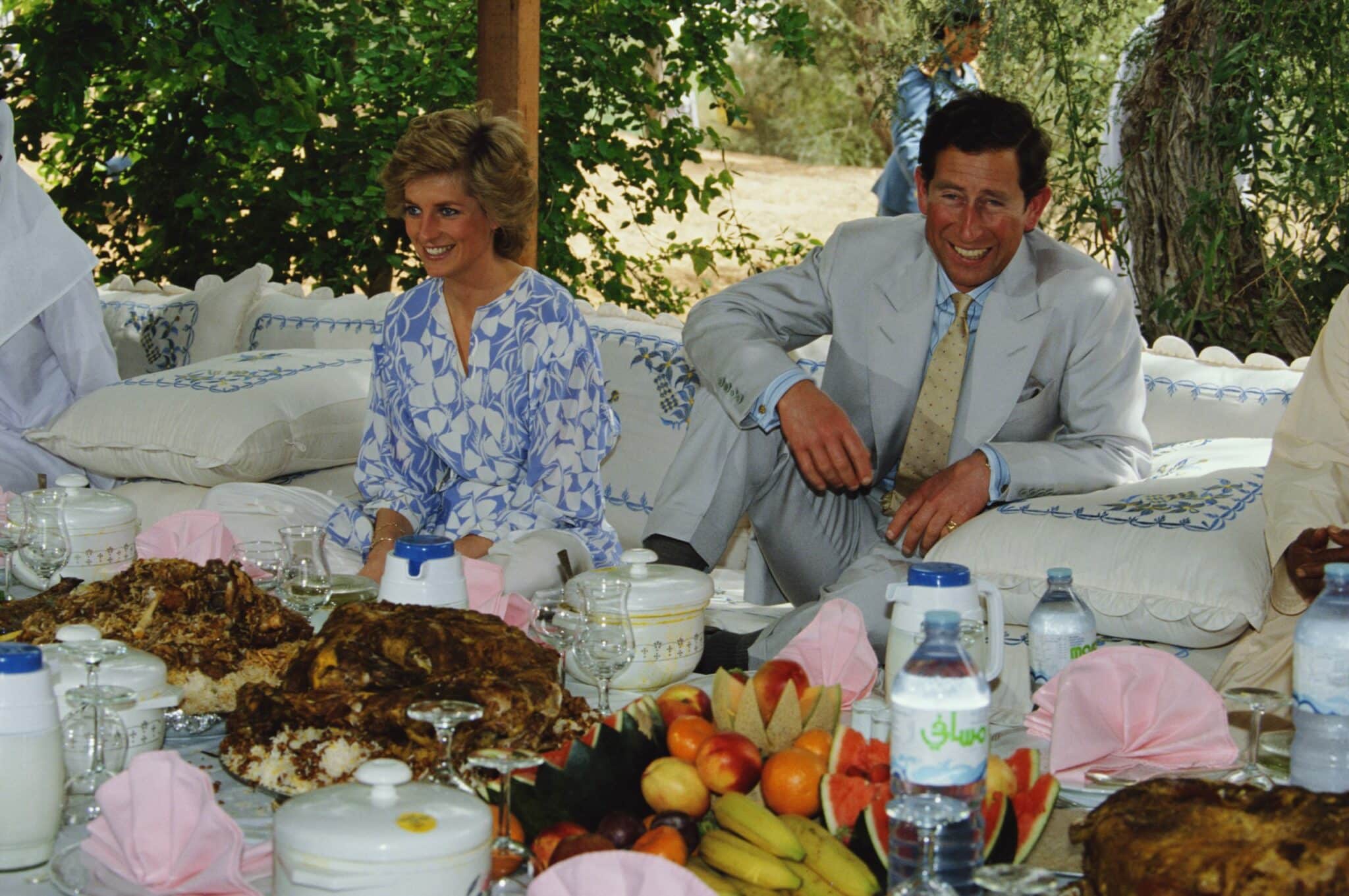
At first glance, the rules around food that monarchs follow seem like some of the most difficult to understand. After-all, why would anyone deprive themself of spaghetti and meatballs or tea sweetened with sugar? With that said, there’s usually some logic behind them, whether it’s to avoid unpleasantness like bad breath or things getting stuck in teeth or to minimise mess.
Though some food rules are followed by the whole royal family, the no-shellfish rule is not followed by Prince Harry, Prince William or their spouses. It is a very old rule put into place to prevent or minimise instances of food poisoning on royal visits, and was followed by Queen Elizabeth until the end of her life. King Charles, however, has been known to tuck into both shellfish and oysters on occasion!
17. Young male royals have to wear shorts

Just as what the royals can eat is strictly dictated by convention, fashion is another area where rules apply just as soon as you are born or marry into the family. While adult men and women have to adhere to strict standards about neatness, modesty and style, children have to follow their own set of guidelines even before they are old enough to pick their own clothes.
In addition to the fact that they can’t wear branded items in public (no Iron Man t-shirts or Paw Patrol backpacks for you, Prince George!) all male children are instructed to wear shorts until they are around eight or nine years old. This tradition dates back to the early 1800s, and helps to signal the transition between boyhood and manhood.
16. Women must wear hats to all events

Even within the category of official royal duties, there are various levels to how ceremonial or formal an event or visit is. As such, there are different wardrobe rules that apply in different situations. For example, while Princess Kate would be completely within her rights to wear a pair of jeans to play with George and Charlotte in her garden, she wouldn’t be allowed to wear the same thing to a high tea.
One of the rules that has waned in importance over the year is hats; specifically how and when they should be worn. While commonly held wisdom used to be that a hat should be worn by any royal woman attending a formal event, that practice is now becoming less common, with Princess Meghan and Princess Kate only sporting them occasionally, for weddings or other important events.
15. …unless they’re wearing tiaras

While hats are the go-to headwear for women when it comes to daytime events, eveningwear is another story. If you’re lucky enough to be both a princess (or another female member of the royal family) and married, then you are free and clear to wear a tiara to any glitzy nighttime event. How cool is that?
What you might not know is that wearing a tiara is not as simple as just plonking a circlet of diamonds on your head and calling it a day. Wearing a tiara is a delicate procedure that involves very careful hairdressing and perfect posture, and is only an available option to royal women on and following their wedding day.
14. The Queen used a handbag code to end conversations
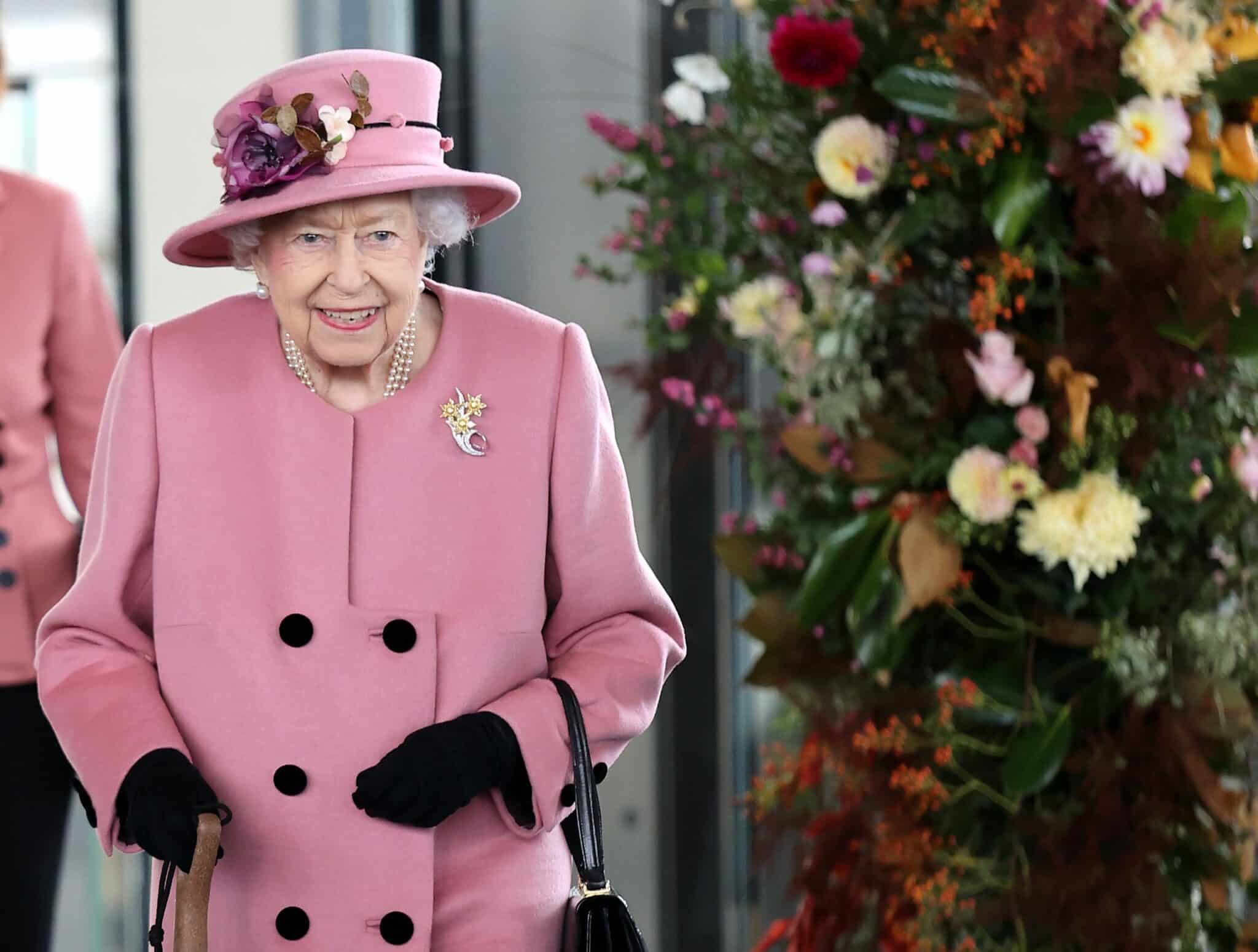
As the absolute pinnacle and example of British politeness, Queen Elizabeth would never be so rude as to tell someone that she is bored of talking to them. However, that doesn’t mean that she didn’t have her own ways of signalling that she was ready to be done with a conversation. The key to finding out what she really thought, it turns out, was in her handbag.
For several years, Her Majesty Queen Elizabeth’s way of signalling that she was ready to put an end to an engagement was to place her handbag on the table, and she would quietly show that she was ready to stop talking to somebody by switching her purse from her left arm to the right arm.
13. The Queen has to wear ultra-bright and colourful clothing
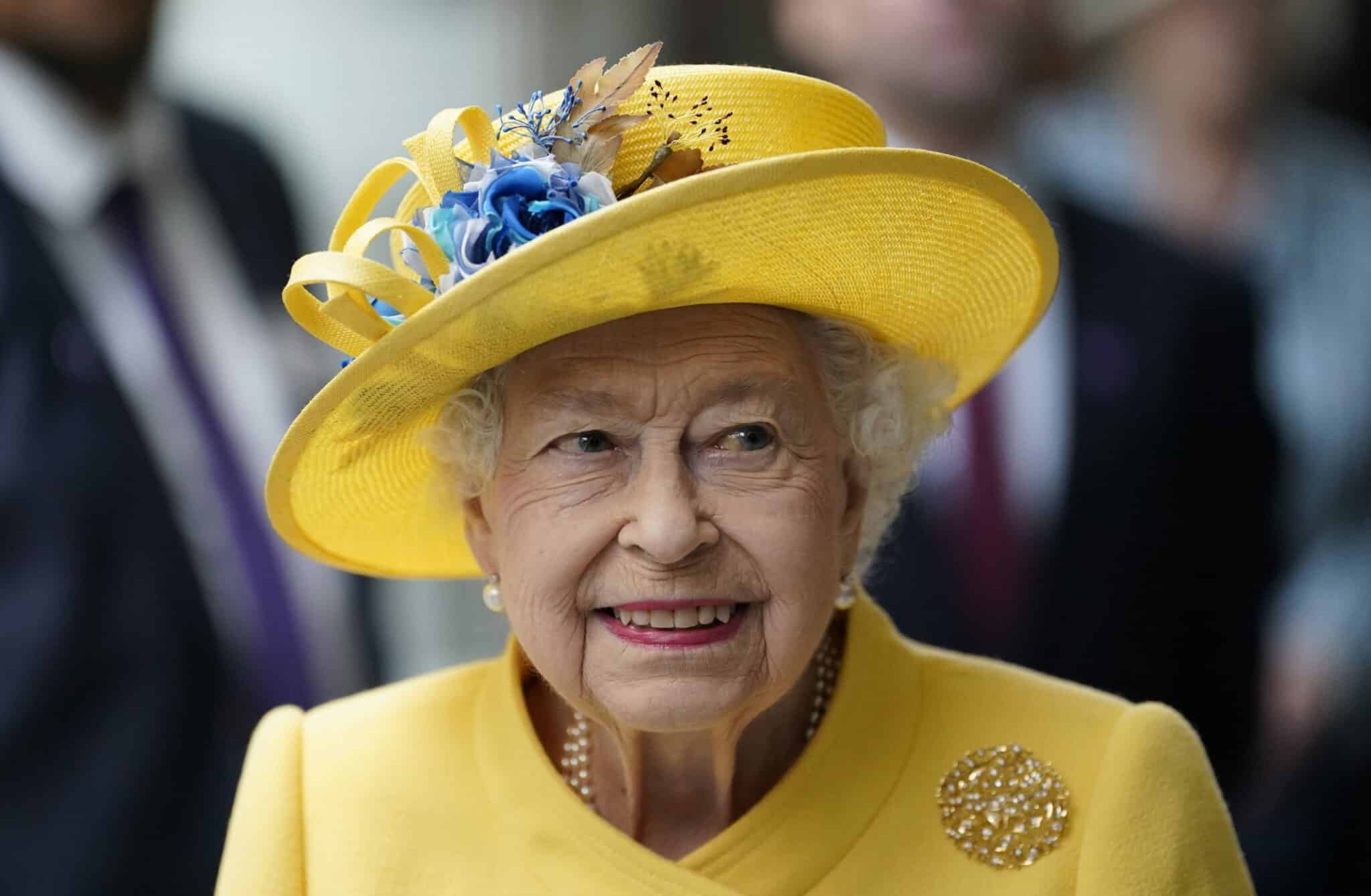
During her reign, Queen Elizabeth presided over the invention of both colour TV and live satellite broadcast, and she embraced both technologies wholeheartedly. Wishing to be more visible and less remote from her subjects, she made a point of being visually accessible, and the way she did this changed and evolved as she aged.
Though the Queen had always been small in stature, both she and her dressers had extensive conversations about the risk of her being lost in a crowd as she aged. As the Queen allegedly said, “you have to be seen to be beloved”, and so it was decided that she would opt for bright colours and jewel tones at public appearances, in order to make sure all eyes were on her.
12. Royal women must hold their chins in a certain position
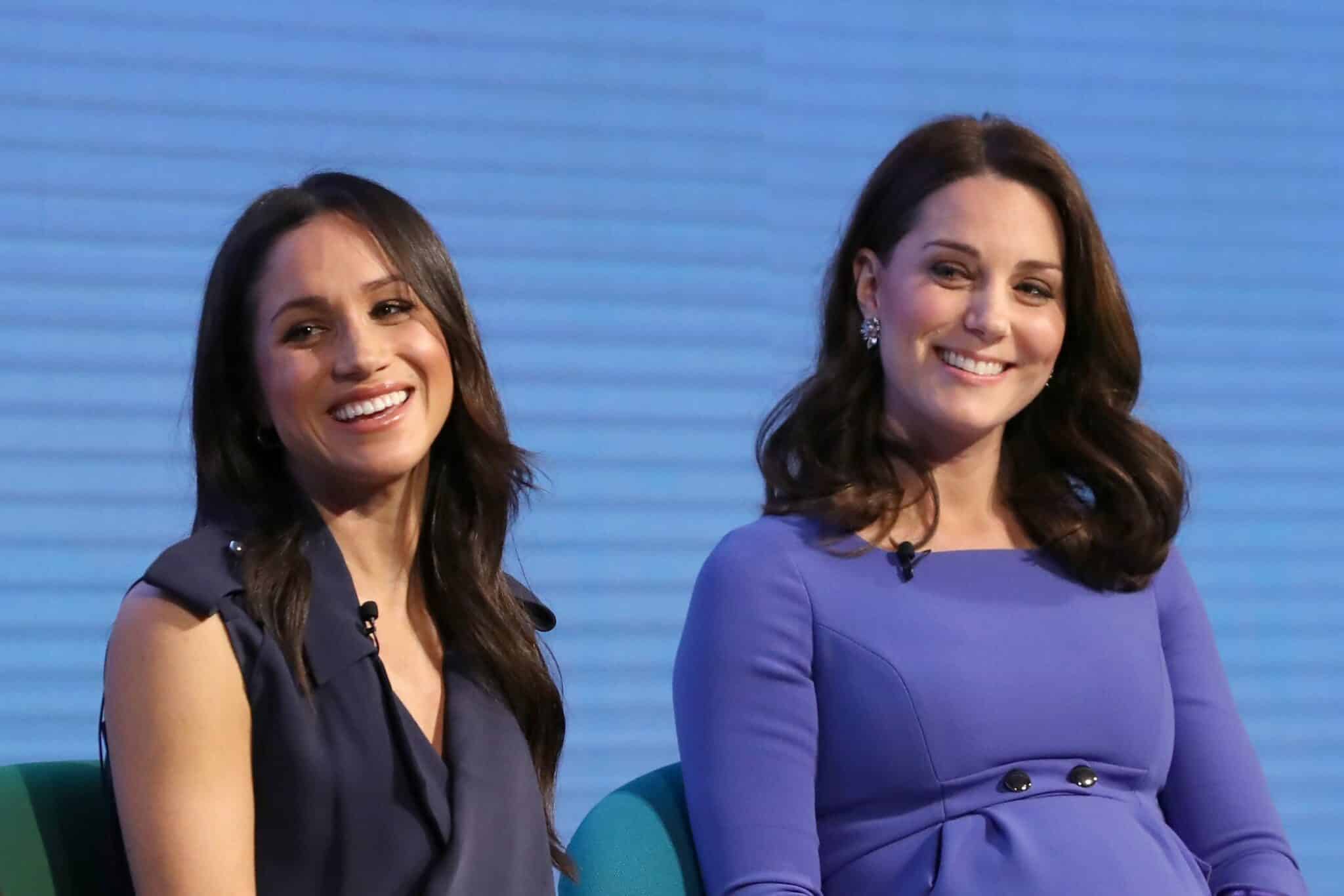
If you’ve ever seen The Princess Diaries or any modernised adaptation of My Fair Lady, you’ll no doubt remember a scene where the main character has to correct their posture, either by placing a stack of books on their head or learning how to stand and wave gracefully without exhausting themselves.
This trope has more basis in fact than you might think, as members of the royal family are coached extensively on their posture, from how to stand and sit to how to hold their chins. Apparently, both a tilted up and tilted down chin are inappropriate for a royal, as the former implies haughtiness while the latter implies subservience. So instead, royals are taught to keep their chin level no matter what.
11. The King can drive without a licence

If you want the privilege of driving from place to place, you need to get a driver’s licence, it’s as simple as that. Or rather, it’s as simple as that… unless you’re the King. Because the authority from which driver’s licences are granted is the crown, there is no need for reigning monarchs to take and pass their test, as that would result in them bestowing the permission to drive on themselves.
To avoid that whole convoluted mess, the king or queen is allowed to drive freely without a licence, though this special privilege does not extend to their spouses, sons or daughters. So while King Charles could theoretically drive himself from Land’s End to John o’ Groats without a licence, if Queen Consort Camilla wanted to take over, she would need a licence to do so.
10. Proposals must be authorised by the Monarch
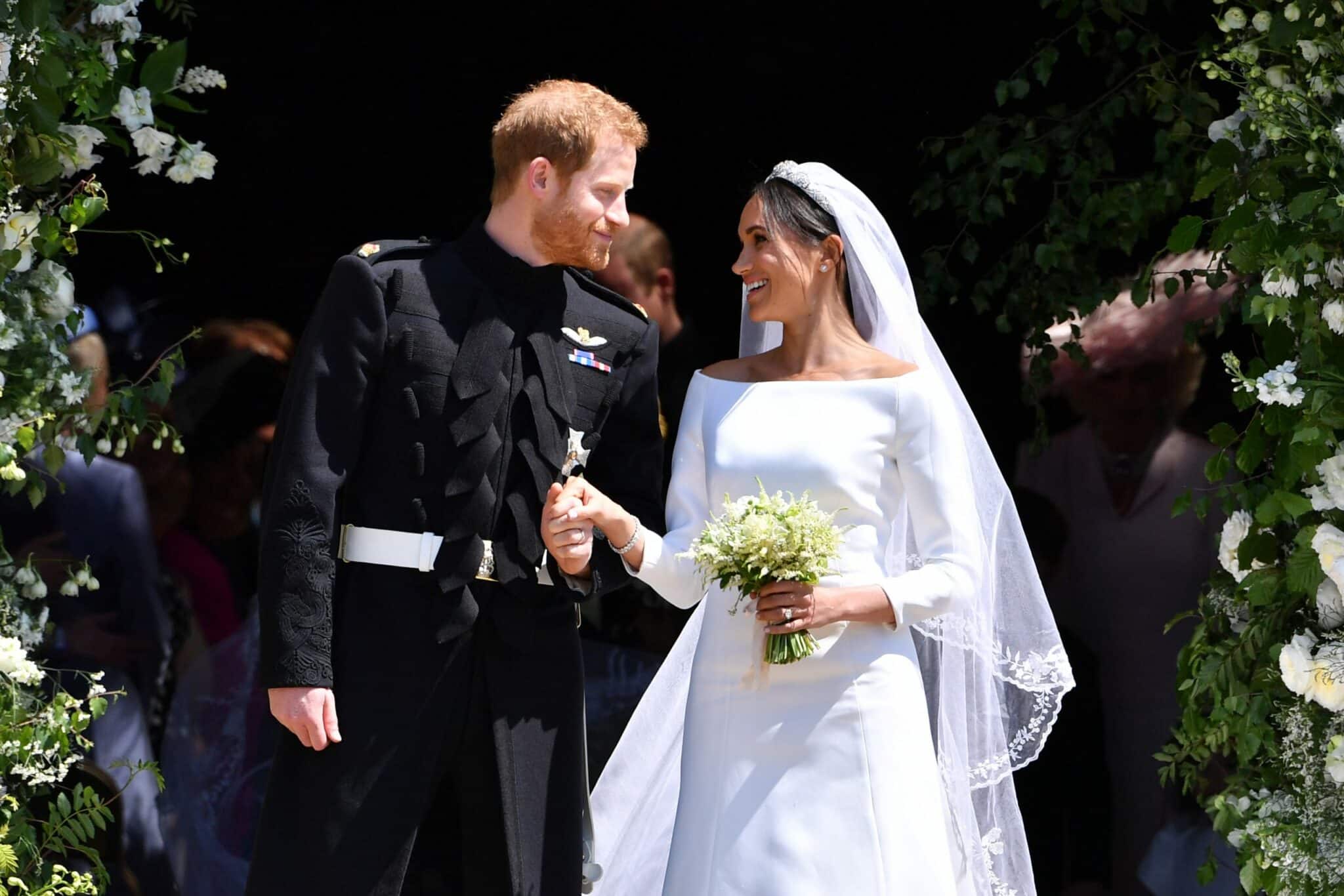
A royal wedding might exist on a totally different scale when compared to your average Joe and Jane tying the knot, but it does include some of the same features. There’s a white dress, an arrival to the venue in a whimsical vehicle, a kiss after the vows and bridesmaids arriving in tow. It’s also royal tradition for the one wishing to propose to seek permission before doing so.
This tradition is slightly different for the royals than it is for ordinary people, however. Though everyday folk would only think to ask the father of the bride for their blessing before the big day, the royal wishing to propose must ask their own family for permission, whether they are male or female. The ruling monarch has to be consulted before any official marriage announcement can be made.
9. Selfies are forbidden (with exceptions)

The image of the royals is strictly controlled and protected, so there are specific rules that must be followed when it comes to photographs. One of the main rules is that selfies are forbidden, due to the fact that they are difficult to control and can be unflattering, since they’re often taken quickly and up close.
Of course, norms, conventions and even rules can change over time, and it looks like certain members of the royal family have been moving away from this no-selfie policy. While Prince Harry has been quoted as saying “I hate selfies”, both Princess Meghan and Prince William have been seen to indulge in the odd bit of selfie-taking with fans, when it’s appropriate to the event of course.
8. Knees and thighs must be kept closed while sitting
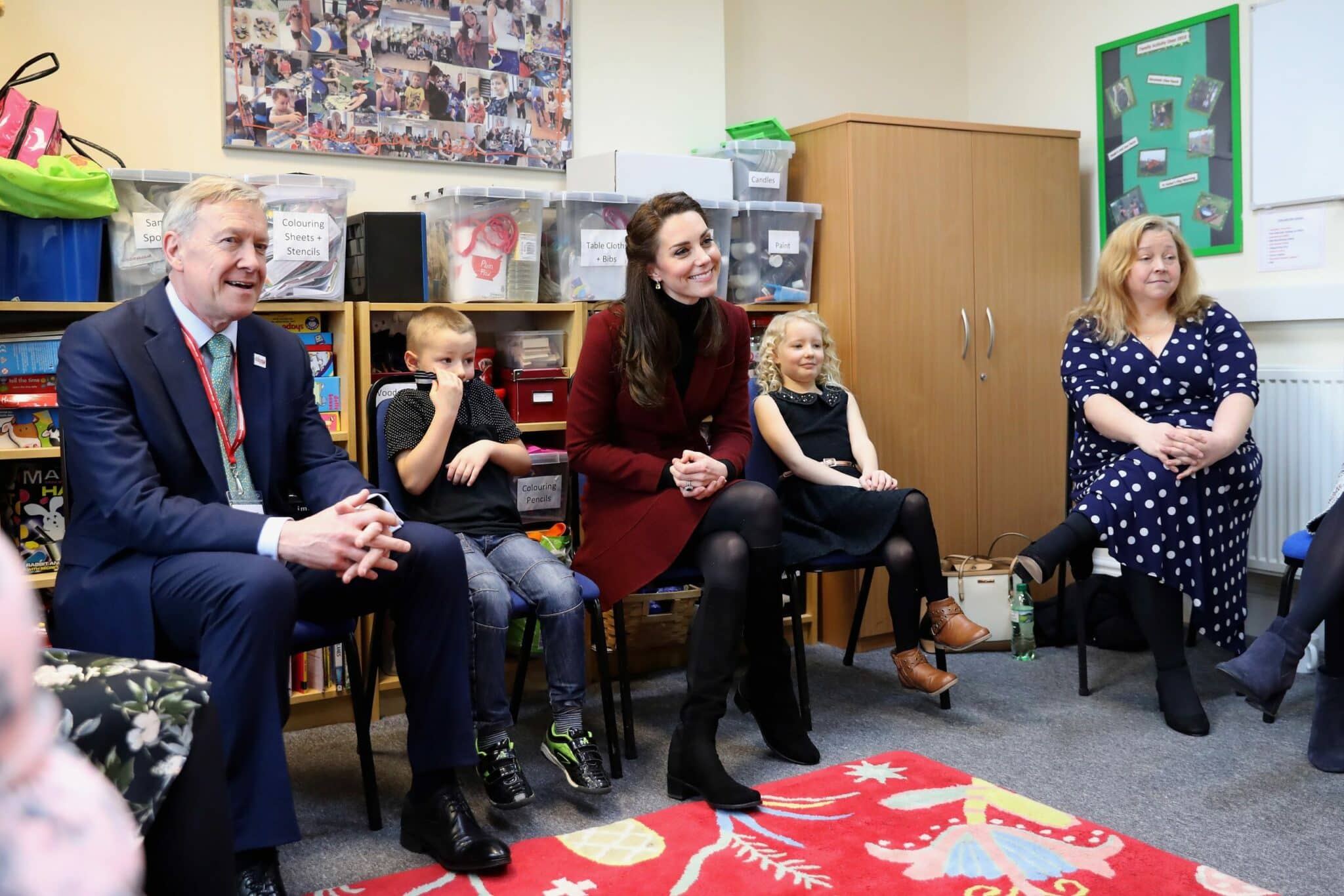
For members of the royal family, there’s a lot to think about when it comes time to settling themselves in a chair. Perhaps the biggest faux pas to be avoided is sitting with one leg crossed over another, a dangerous game to play in a skirt.
According to royal protocol, knees and thighs must always be kept firmly closed, which is why many royal women opt for the so-called Duchess Slant, a position popularised by Princess Diana, where the legs are bent towards the floor at a diagonal angle to make them appear longer. Princess Kate has been known to break this rule at times though, sitting cross-legged when dark tights allow her to feel comfortable doing so.
7. Garlic and other strong-smelling foods are banned
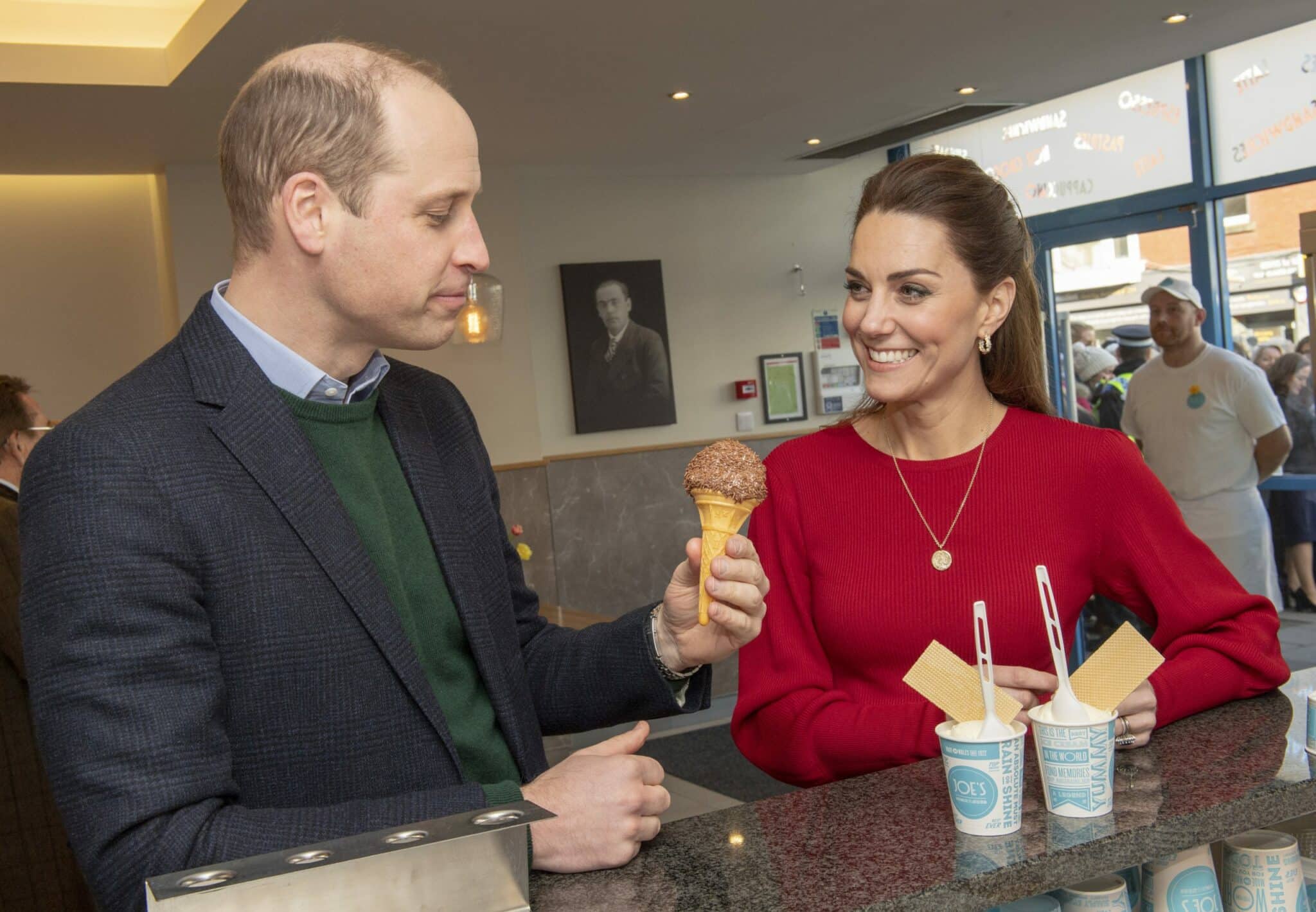
No one is denying that garlic is delicious. However, consuming lots of garlic before a first date or a big job interview isn’t something that most people would do, since nothing is more unappealing than meeting a person for the first time only to realise you can smell their dinner on their breath.
Given how many new people the royal family meet daily, and how every public appearance they make is technically part of their job, it makes sense that the royals have eschewed garlic almost completely, along with onion and other strong-smelling food.
6. The Queen banned pasta from the dinner table
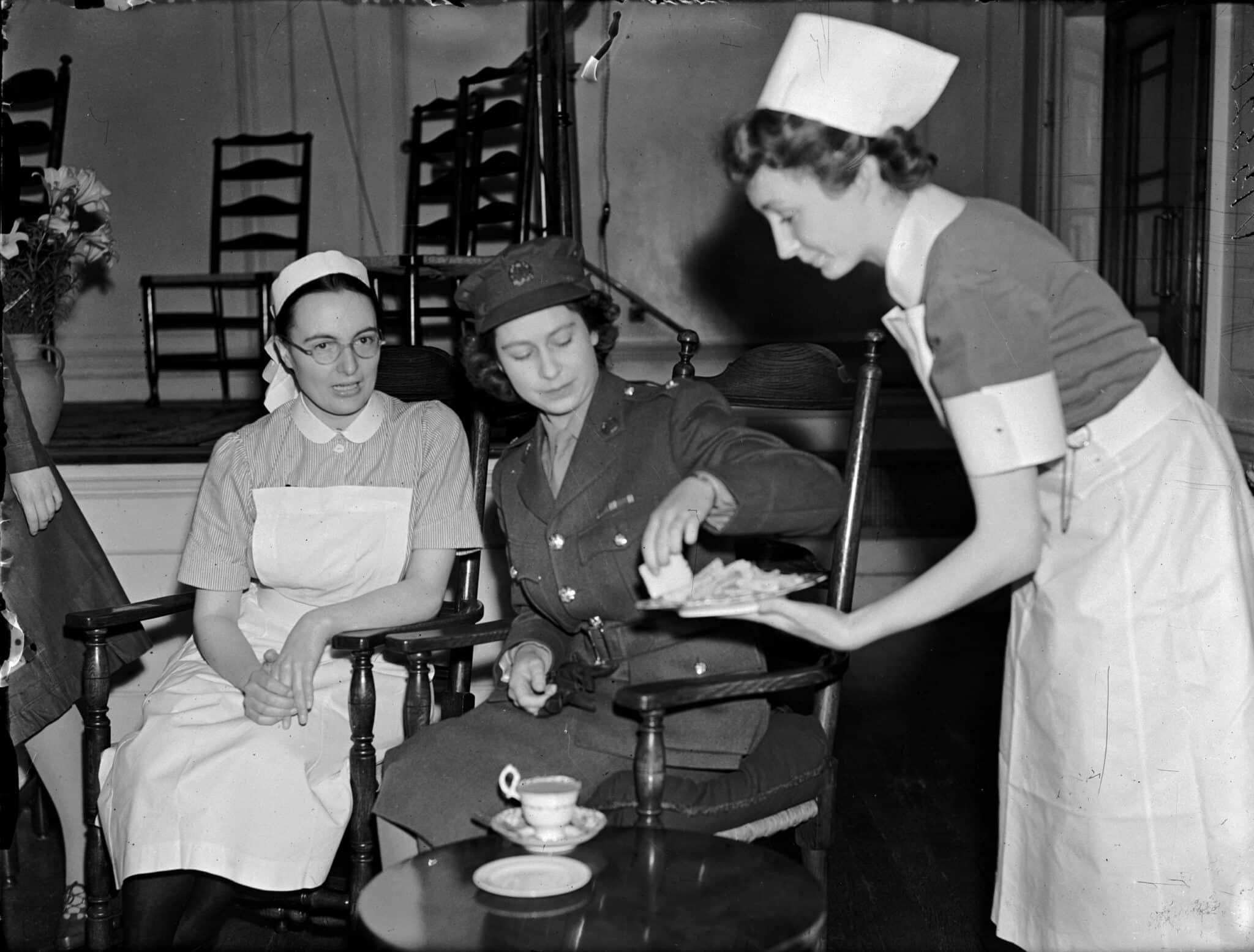
In an interview prior to her royal engagement, Meghan Markle revealed that her ideal meal consists of pasta and seafood. However, she must have been seriously disappointed to learn that pasta is explicitly forbidden from the royal dinner table. Whilst a big bowl of spag bol might seem like the ultimate comfort food, Queen Elizabeth was apparently less than enamoured with Italian food.
The Queen famously abstained from all forms of starch, including rice, pasta and potatoes. However, she did sometimes break away from her restrictive diet on special occasions, such as to enjoy delicacies specific to different countries and cultures while on official visits. After all, it would be rude not to partake, right?
5. The Monarch is obligated to meet the Prime Minister weekly
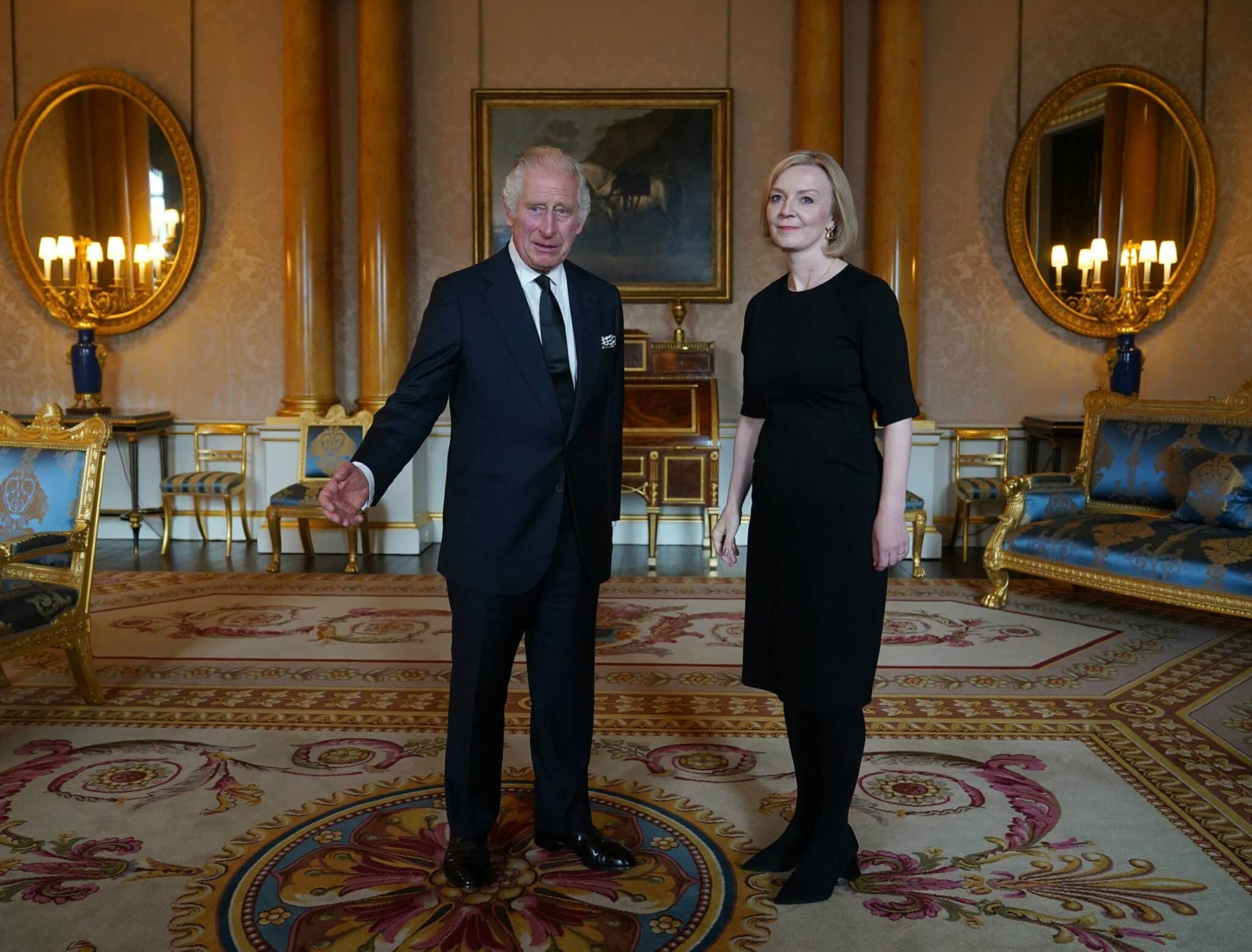
The royals don’t have as much power and influence as they used to when it comes to politics, but that doesn’t mean that they don’t play a very important ceremonial role. King Charles has lots of parliamentary responsibilities, from officially opening each new session of Parliament to granting Royal Assent to legislation.
It is also down to the reigning monarch to approve Orders and Proclamations through the Privy Council, which necessitates having more than a glancing understanding of law and politics. Most importantly though, King Charles is obligated to meet with the current Prime Minister often to stay abreast of important events.
4. Royals must wear appropriate cultural dress on official visits
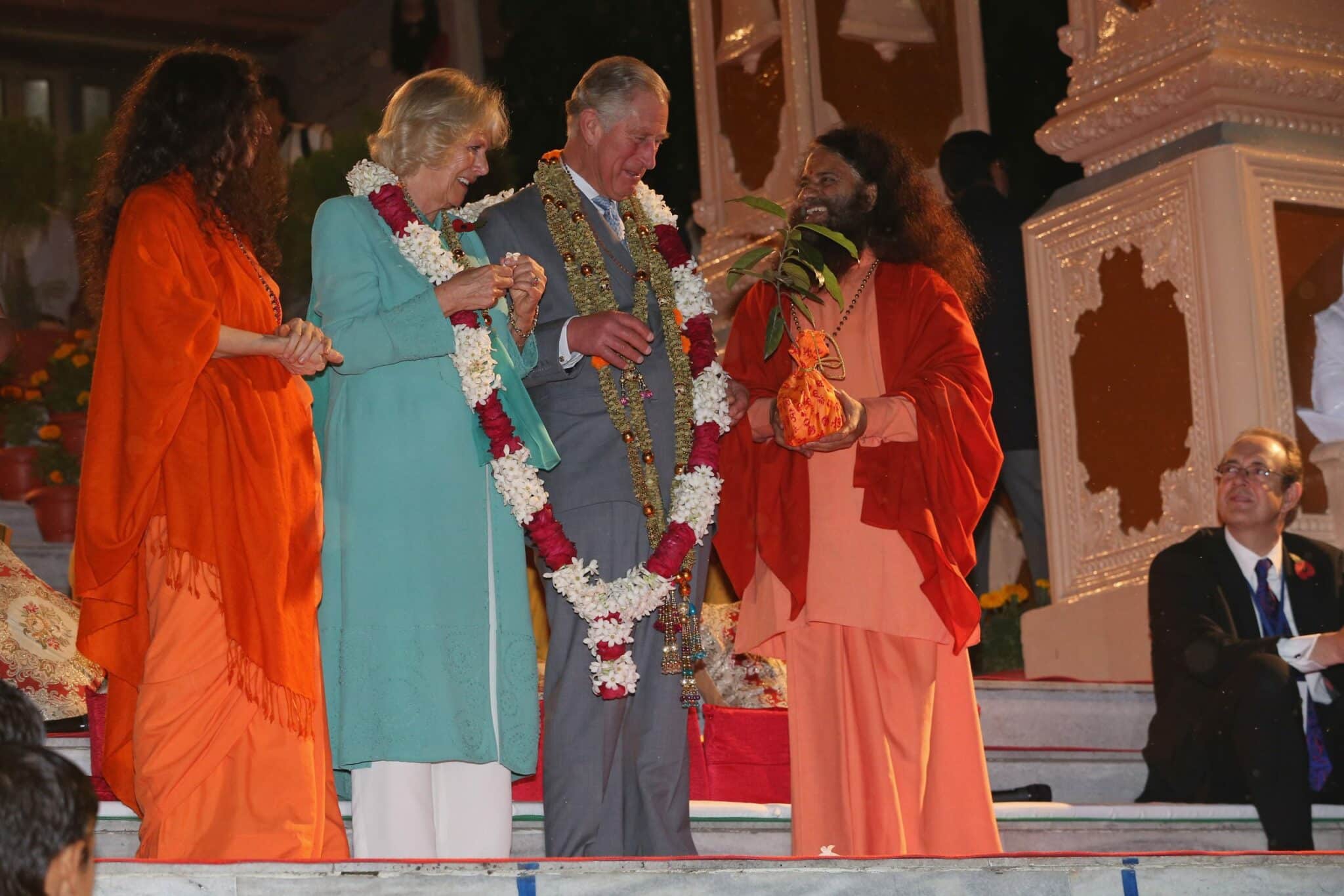
Given how strict the royal rules are when it comes to seemingly trivial things like dress length, lapel width and hat etiquette, it makes sense that the royals would be discouraged from straying from suits and dresses. However, while there are expectations that govern how a royal should dress on British soil, there are different rules entirely for overseas visits.
When the royals are abroad in an official capacity, they are instructed to incorporate an element of that country’s cultural dress into their outfit, whether that be a Pakistani sherwani or a Balinese selendang. This effort is known as “diplomatic dressing”, and is meant to show the royals as enthusiastic about and engaged in the culture they are witnessing.
3. The Monarch must remain impartial
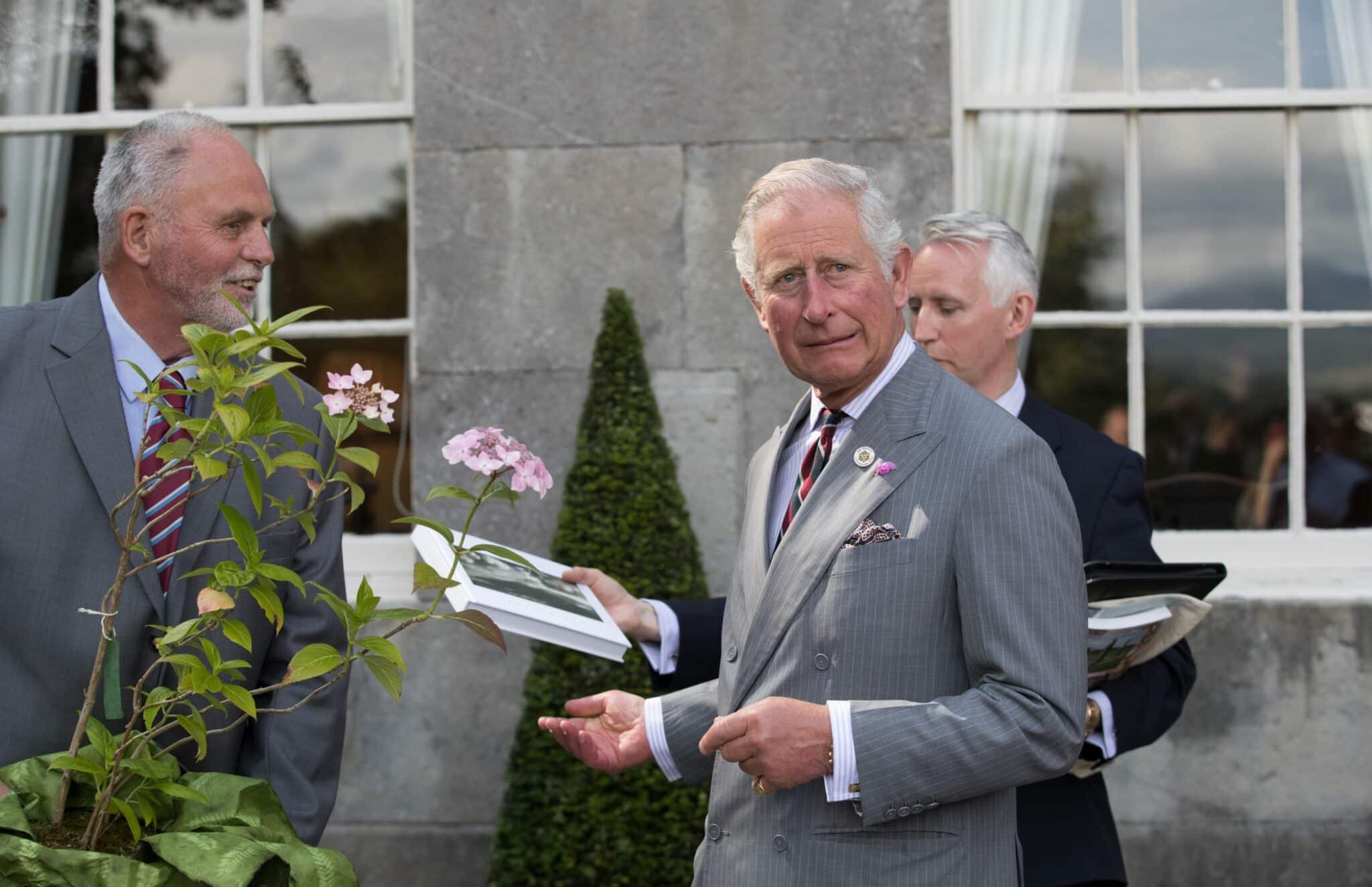
Though many rules are shared between the reigning monarch and the surrounding royals, there are some ways in which the established codes of behaviour differ based on whether you sit on the throne or not. While it is somewhat expected for the royal family to take an interest in charitable causes and societal issues, the king or queen is expected to be far more impartial.
As a prince, Charles gained a reputation for being somewhat outspoken, having never hid his true feelings or level of passion when it came to issues like climate change and the importance of classic architecture. However, now that he is king, it is likely that he will step back from campaigning in order to be less ‘divisive’.
2. Autographs are completely off the table
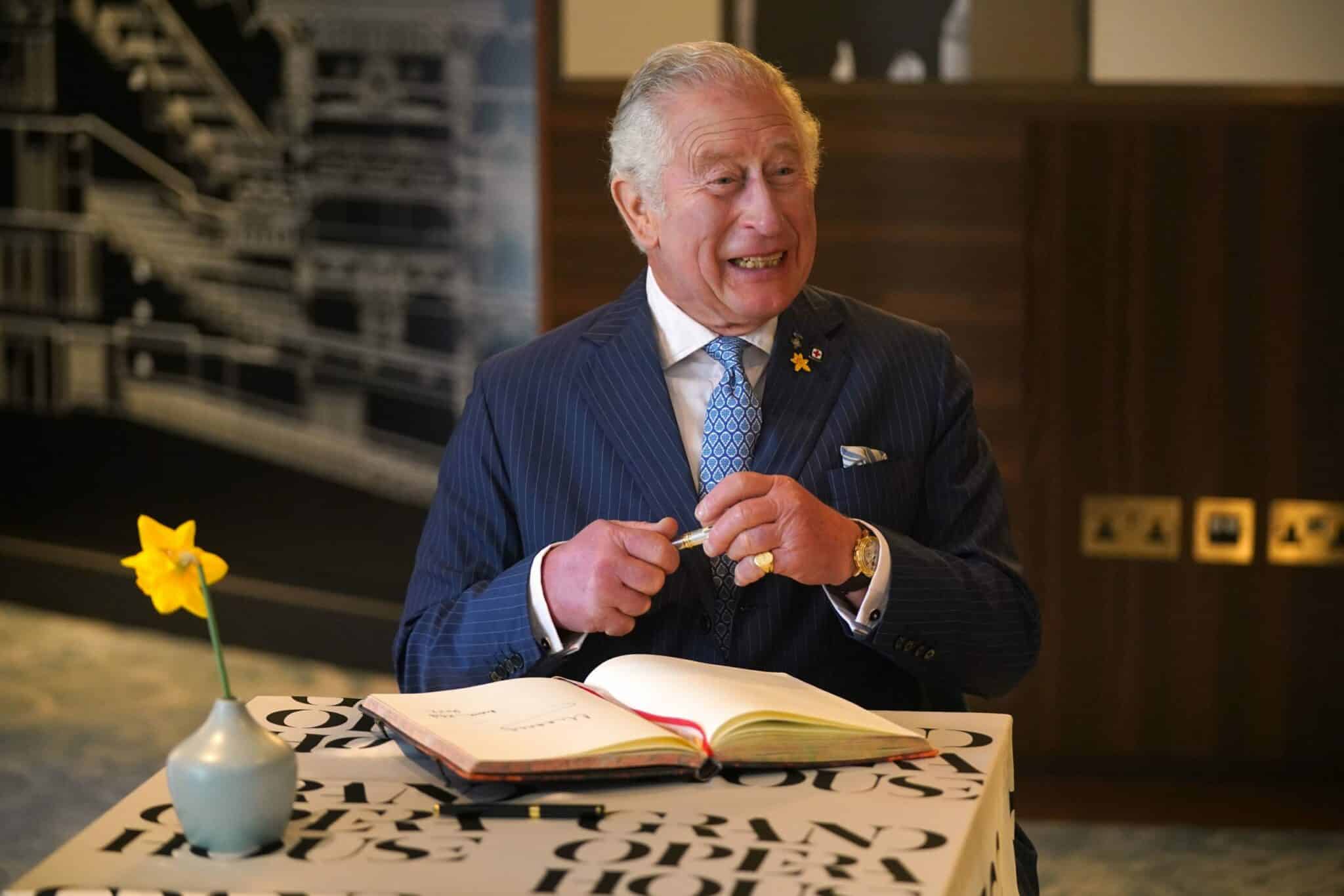
While the long-standing no-selfie rule has started to become less important in recent years, owing to the normalisation and proliferation of social media, the same cannot be said for the no-autograph rule. As much as many royal enthusiasts would love to add the signature of a royal to their autograph books, there’s simply no budging when it comes to this historical directive.
The reason for the ban on autographs is simple: there are many disastrous outcomes that could stem from the signature of a royal being forged, especially the ruling monarch’s. Though they have very little power to actually implement policy, a monarch’s signature still holds massive ceremonial weight, and so pains are taken to stop it from being copied or spread around.
1. The Queen had veto power on royal wedding dresses
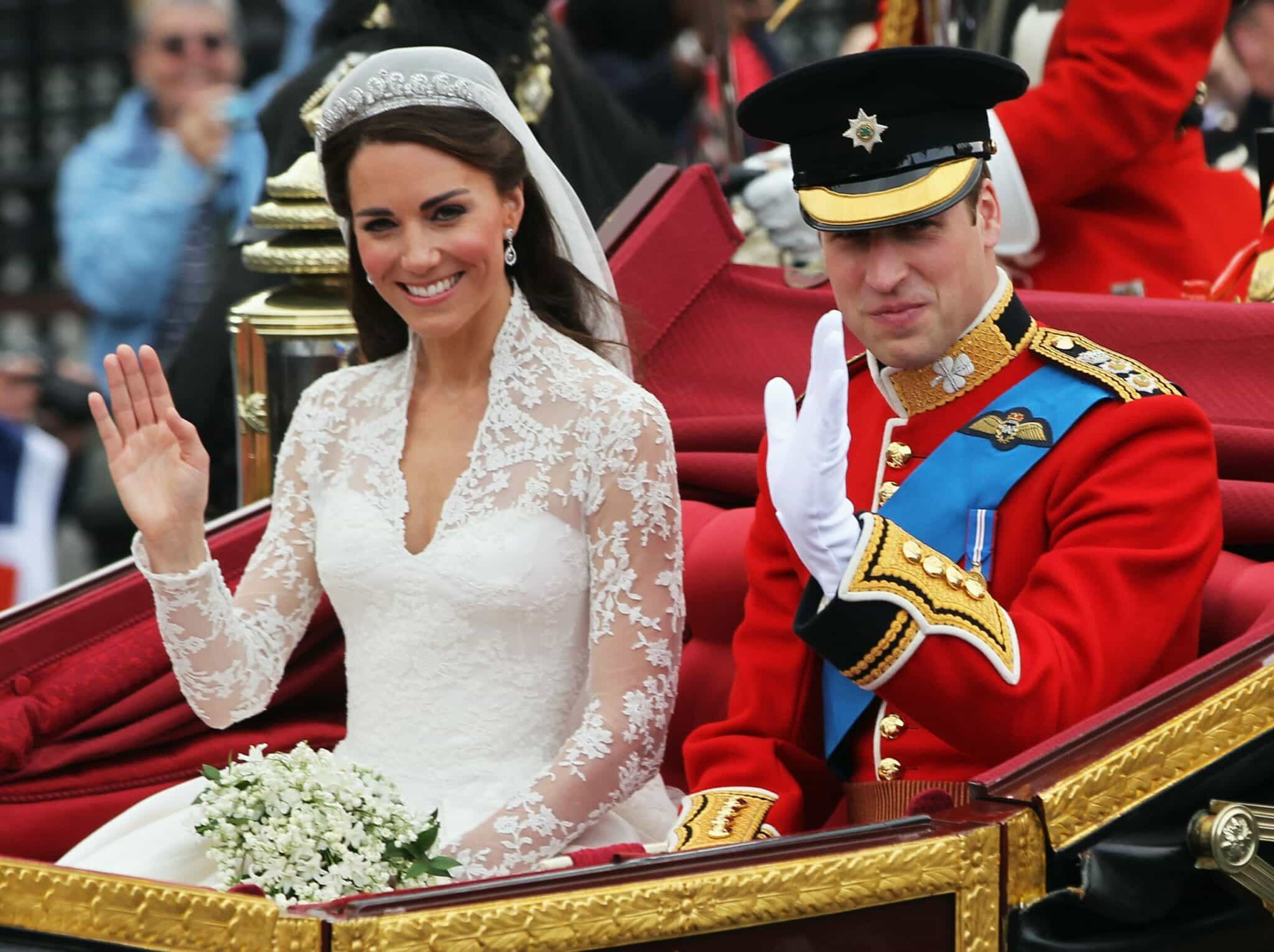
Though there are many powers and responsibilities that transferred straight from Queen Elizabeth to King Charles, there are some that pundits doubt he will take on. Chief among them is the input on wedding dresses that Queen Elizabeth had, during both the weddings of Kate Middleton and Prince William and Meghan Markle and Prince Harry.
Queen Elizabeth was apparently very hands-on and helped to pick out the dresses of both Kate and Meghan, even having the final say over what they could wear down the aisle. It seems unlikely that King Charles will have the same level of enthusiasm when it comes time to pick out Princess Charlotte’s wedding dress – but who knows?

